What Are Some Ethical Considerations When Using Generative AI
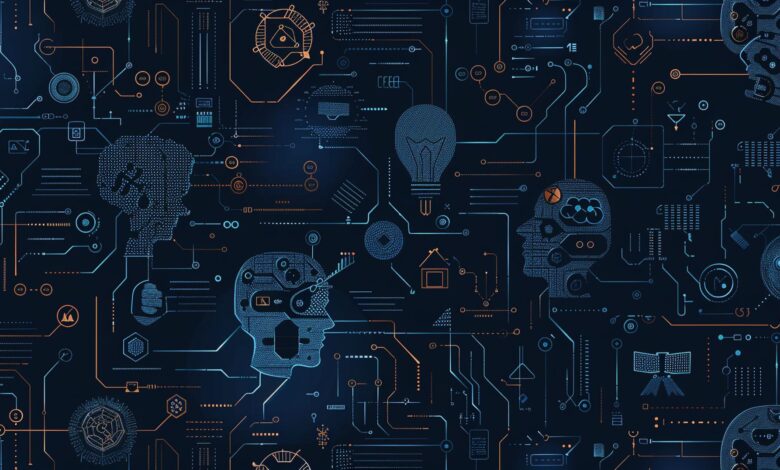
As generative AI becomes increasingly integrated into various industries, it is essential to consider the ethical implications of its use. What are some ethical considerations when using generative AI? This technology, while offering incredible potential, also presents challenges such as privacy concerns, bias, accountability, and the risk of misinformation. Addressing these issues is crucial for ensuring that generative AI serves as a beneficial and responsible tool in our society.
Understanding generative AI
Generative AI, a subset of artificial intelligence, is revolutionizing numerous industries by creating new content autonomously. This technology, which leverages machine learning algorithms to generate text, images, music, and even code, is becoming an integral part of our digital landscape. According to a recent report by McKinsey, the AI industry could deliver up to $13 trillion in additional global economic activity by 2030, highlighting its profound impact and potential .
What is generative AI?
At its core, generative AI refers to systems capable of producing new data that mimics the patterns of the data they were trained on. Unlike traditional AI, which is typically used for tasks like classification and prediction, generative AI creates novel content. For instance, OpenAI’s GPT-4 can write essays, answer questions, and even generate creative fiction, while GANs (Generative Adversarial Networks) are used to create realistic images and videos.
Examples of generative AI include text generation models like OpenAI’s GPT series, image generation models like DALL-E, and music composition models such as Jukedeck. These technologies utilize deep learning techniques, particularly neural networks, to analyze and learn from vast amounts of data, enabling them to produce new, coherent outputs that are often indistinguishable from human-created content.
Applications of generative AI
The applications of generative AI are vast and varied, touching nearly every sector. In the art world, AI is being used to create original paintings and sculptures, challenging our traditional notions of creativity and authorship. For example, in 2018, a portrait generated by a GAN was sold at Christie’s for $432,500, demonstrating the commercial viability of AI-generated art.
In entertainment, AI is transforming the way we produce and consume media. AI-generated scripts, music, and even entire virtual influencers are becoming commonplace. Companies like Amper Music and AIVA (Artificial Intelligence Virtual Artist) are at the forefront of using AI to compose music for movies, games, and advertising.
The business sector is also reaping the benefits of generative AI. From automating content creation for marketing campaigns to designing innovative products, AI is streamlining processes and boosting productivity. For instance, Coca-Cola has used AI to generate marketing content, improving engagement and reducing production costs .
Healthcare is another critical area where generative AI is making strides. AI models are being used to create synthetic medical data to train other AI systems, enhancing diagnostic accuracy without compromising patient privacy. Furthermore, generative AI is aiding in drug discovery by simulating molecular structures and predicting their interactions, significantly accelerating the development of new medications.
As generative AI continues to evolve, its applications will undoubtedly expand, bringing both opportunities and challenges that we must navigate with care and responsibility.
Privacy concerns
As generative AI continues to advance, concerns about privacy have come to the forefront. These technologies often rely on vast amounts of data to function effectively, raising significant questions about data privacy and security.
Data privacy issues
Generative AI models require extensive datasets to train, which frequently include personal and sensitive information. The use of such data presents risks, particularly if it is not properly anonymized or if the AI inadvertently generates outputs that reveal private information. A report by the World Economic Forum highlights that data privacy is one of the top concerns in AI development, emphasizing the need for stringent data protection measures.
Risks related to training AI models with personal data
When AI models are trained on datasets containing personal information, there is a risk that the generated content could expose private details. For example, language models like GPT-4 can unintentionally regurgitate sensitive information that was part of their training data. This raises significant privacy issues, especially if the AI is used in applications where confidentiality is paramount, such as healthcare or finance.
Ensuring data protection
To mitigate these risks, it is crucial to implement robust data protection strategies. One approach is to use differential privacy, which adds noise to the data to obscure individual entries while still allowing the AI to learn from the overall dataset. This technique helps protect individual privacy without compromising the model’s performance. Additionally, adhering to regulations such as the General Data Protection Regulation (GDPR) ensures that data is collected and used in a manner that respects user privacy.
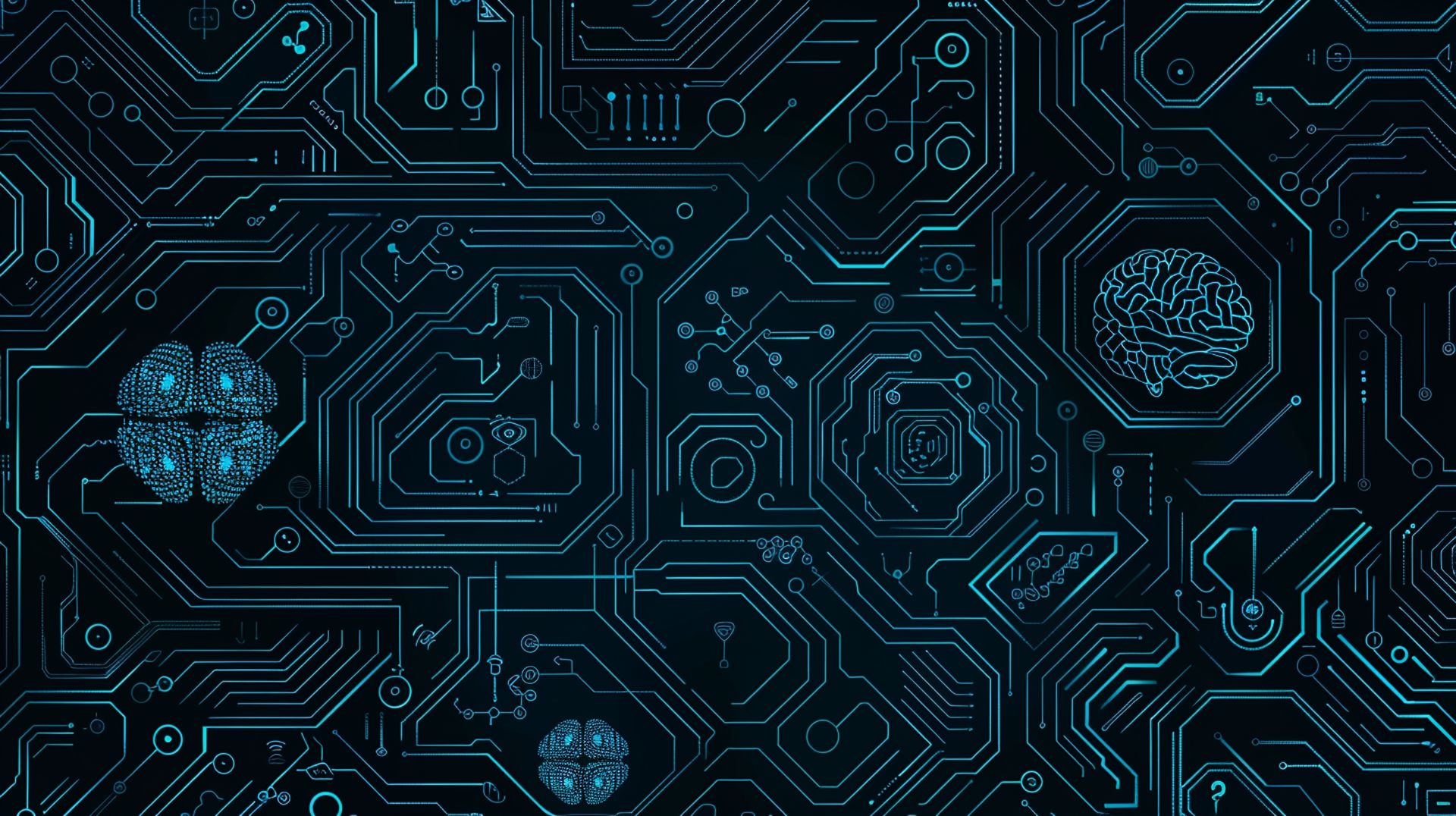
Intellectual property and copyright
Generative AI also brings complex intellectual property (IP) and copyright challenges. As AI systems generate new content, questions arise about ownership and the potential for copyright infringement.
Copyright challenges
One of the primary concerns is whether AI-generated content infringes on existing copyrights. Since AI models are trained on vast amounts of data, they might inadvertently produce content that closely resembles existing works, leading to potential legal disputes. For instance, there have been instances where AI-generated music or art closely mirrored existing pieces, raising questions about originality and copyright infringement.
Ownership of AI-created works
Determining who owns the rights to AI-generated content is another contentious issue. Traditionally, copyright law grants ownership to human creators, but with AI-generated works, the situation becomes less clear. Some jurisdictions, like the United States, do not recognize AI as an author, thereby leaving the rights to the user or developer of the AI. However, this approach is not universally accepted, and ongoing legal debates continue to shape the landscape.
Legal precedents and case studies
Several legal cases have begun to address these issues. For example, in the UK, the case of Infopaq International A/S v. Danske Dagblades Forening set a precedent by ruling that originality in copyright law requires a “human intellectual creation.” This ruling implies that AI-generated works may not qualify for copyright protection unless significant human input is involved. Additionally, companies like OpenAI have started to navigate these waters by licensing their models and generated content under specific terms to clarify usage rights.
As we continue to harness the power of generative AI, it is imperative to address these privacy and intellectual property concerns proactively. By developing robust frameworks and adhering to ethical guidelines, we can ensure that AI development progresses responsibly and sustainably.
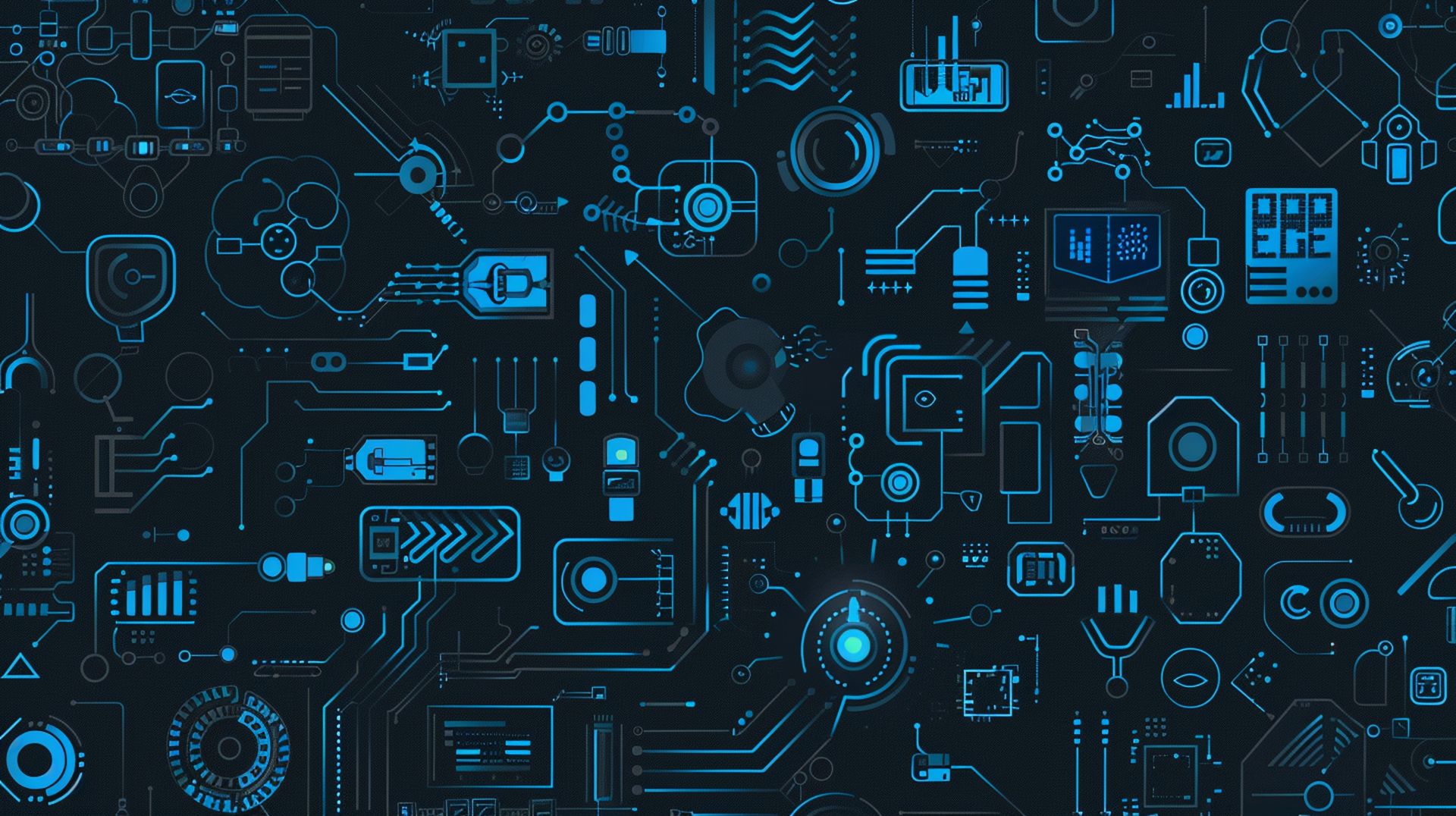
Bias and fairness
As generative AI becomes increasingly integrated into various sectors, concerns about bias and fairness in AI-generated content have grown. Addressing these issues is crucial to ensure that AI technologies do not perpetuate or exacerbate existing societal inequalities.
Potential for bias
AI-generated content can be biased due to the data it is trained on. If the training data reflects existing biases, the AI will likely reproduce and even amplify these biases in its outputs. For instance, language models trained on internet text can inherit gender, racial, and cultural biases present in the data. According to a study by MIT, bias in AI systems can result in discriminatory outcomes, affecting everything from job recruitment processes to law enforcement practices.
Impact on marginalized communities
Biased AI content can have a profound impact on marginalized communities, reinforcing stereotypes and perpetuating discrimination. For example, facial recognition technologies have been shown to have higher error rates for people with darker skin tones, leading to potential misidentifications and unjust consequences. Similarly, biased language models can produce content that is harmful or exclusionary to certain groups, perpetuating societal inequities and diminishing trust in AI systems.
Mitigating bias
To reduce bias in AI training and output, several methods can be employed. One effective approach is to ensure diverse and representative training datasets. Additionally, incorporating fairness constraints into the AI’s learning process can help mitigate bias. Techniques such as re-weighting training data, debiasing algorithms, and conducting regular bias audits are also essential. Engaging in transparent practices and involving diverse teams in AI development can further help in creating fairer AI systems.
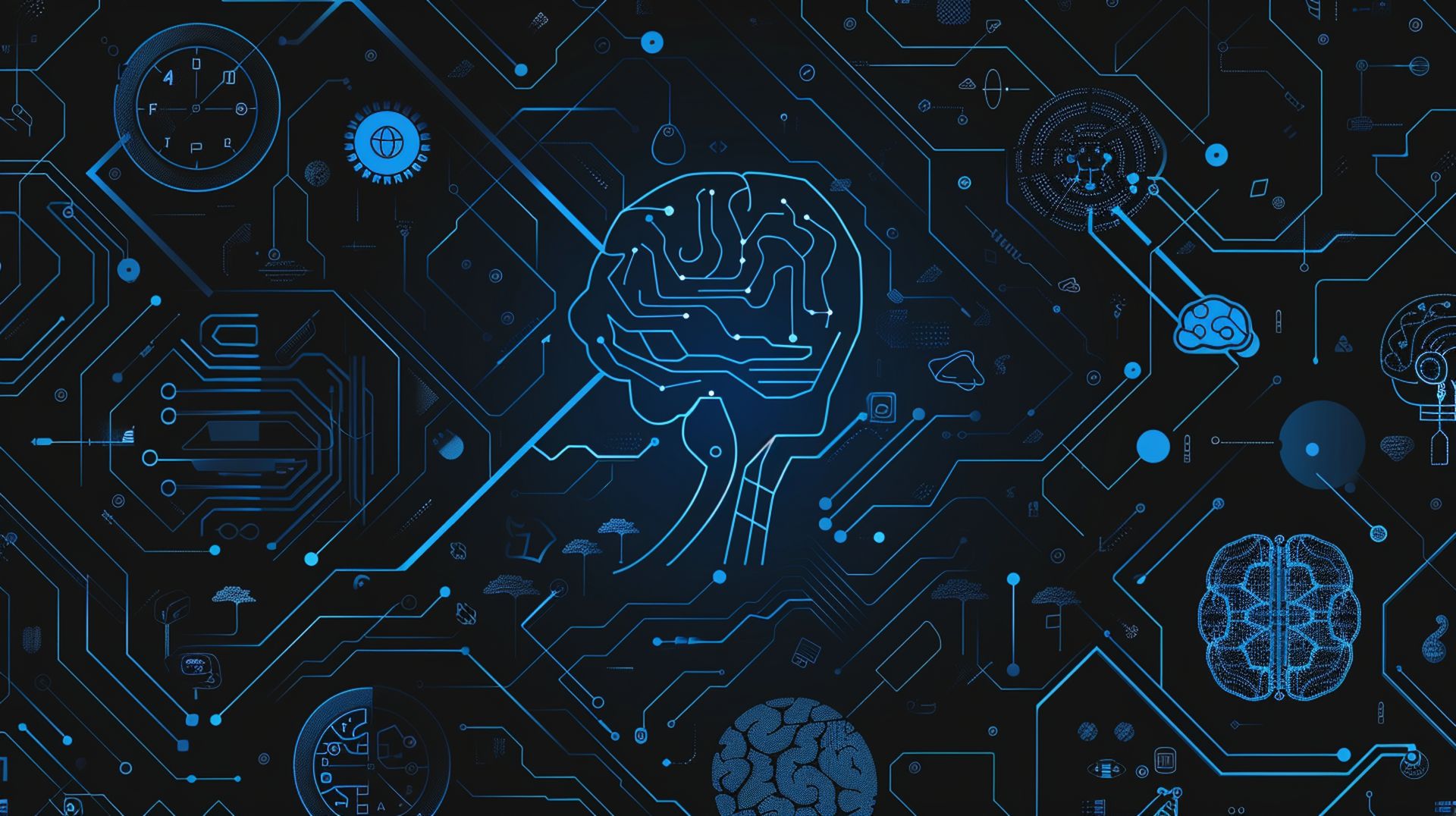
Accountability and transparency
Accountability and transparency are fundamental to the ethical use of generative AI. Clear AI algorithms and processes are necessary to build trust and ensure responsible use.
Importance of transparency
Transparency in AI algorithms and processes allows stakeholders to understand how decisions are made and to identify potential biases or errors. This clarity is crucial for building trust and ensuring that AI systems are used ethically. For instance, the European Union’s AI Act emphasizes the need for transparency in AI development, requiring developers to provide detailed documentation of their algorithms.
Establishing accountability
Establishing accountability involves defining who is responsible for the outcomes of AI-generated content. This includes both the developers who create the AI models and the users who deploy them. Clear accountability frameworks help ensure that AI is used responsibly and that there are mechanisms in place to address any negative consequences. Organizations like OpenAI have started implementing internal and external review processes to uphold accountability standards.
Role of regulatory bodies
Regulatory bodies play a critical role in ensuring ethical AI use. They provide guidelines and frameworks that set standards for transparency, accountability, and fairness. For example, the General Data Protection Regulation (GDPR) in Europe includes provisions that affect AI, such as the right to explanation, which mandates that individuals can request an explanation of decisions made by automated systems.
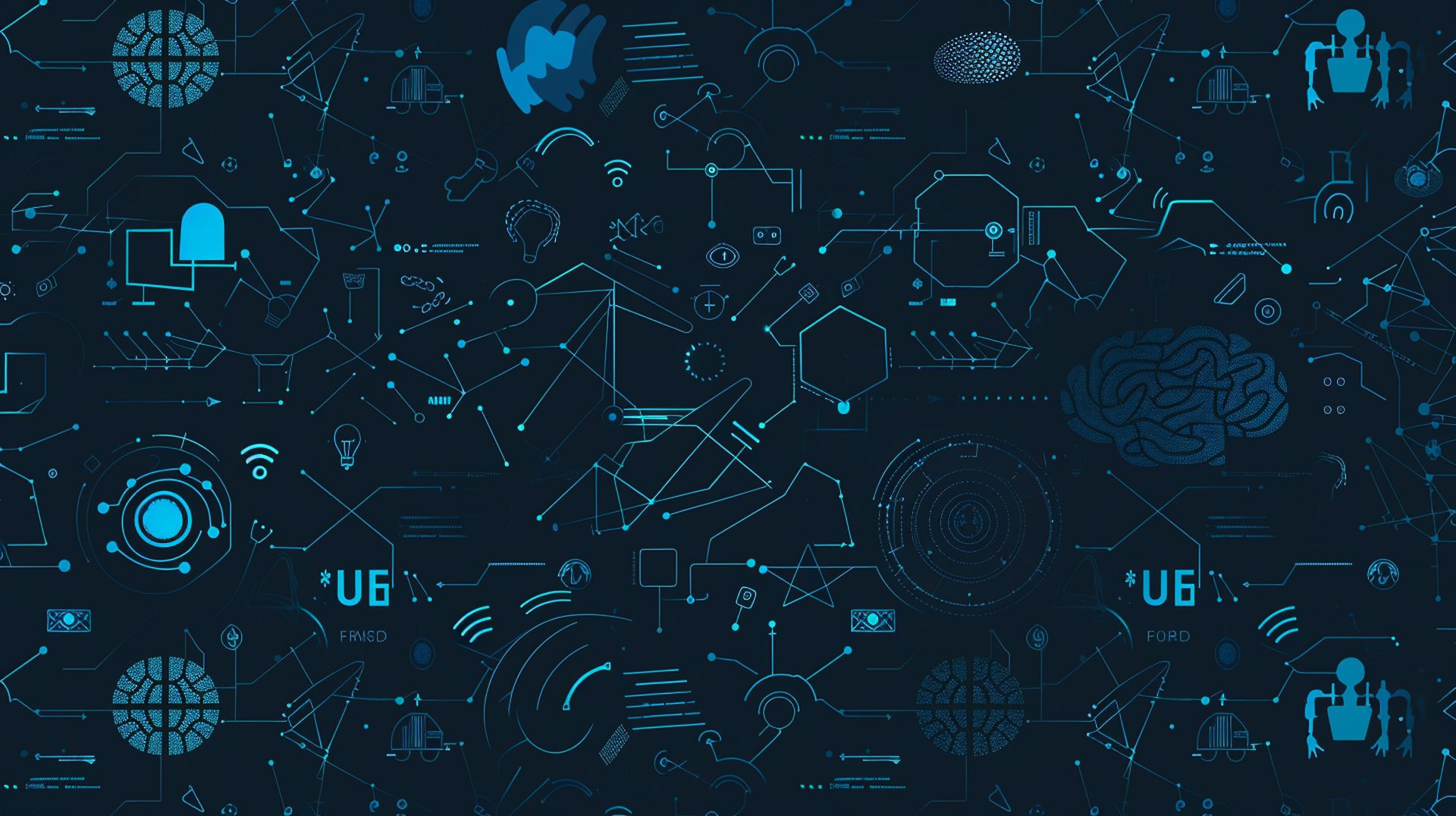
Misinformation and deepfakes
One of the most significant risks associated with generative AI is the potential for generating misinformation and deepfakes, which can have serious implications for public trust and security.
Risks of misinformation
AI-generated misinformation can spread rapidly, making it difficult to discern truth from falsehood. Deepfakes, which are hyper-realistic AI-generated videos and images, can be used to impersonate individuals, manipulate public opinion, and spread false information. The impact of misinformation can be profound, affecting elections, public health, and social stability.
Implications for public trust
The proliferation of AI-generated misinformation can erode public trust in digital content and media. When people cannot distinguish between real and fake information, it undermines the credibility of legitimate sources and creates a general sense of distrust. This can have far-reaching consequences for democratic processes and societal cohesion.
Detecting and counteracting harmful content
To combat the risks of misinformation and deepfakes, several approaches can be implemented. Developing advanced detection algorithms to identify deepfakes and false information is critical. Additionally, promoting media literacy and critical thinking skills among the public can help individuals discern credible information from falsehoods. Platforms like Facebook and Twitter have started using AI to detect and remove deepfakes, while also partnering with fact-checking organizations to verify content.
Addressing the ethical considerations of generative AI is essential to harness its potential responsibly. By focusing on bias and fairness, accountability and transparency, and the risks of misinformation, we can ensure that generative AI serves as a force for good, advancing society while upholding ethical standards.

Environmental impact
The environmental impact of generative AI is a growing concern as the technology advances. The energy consumption required to train and run large AI models can be significant, prompting a need for more sustainable practices in AI development.
Environmental costs
Training large AI models requires substantial computational power, which translates to high energy consumption. For example, a study by the University of Massachusetts Amherst found that training a single AI model can emit as much carbon dioxide as five cars over their entire lifetimes. This level of energy use contributes to carbon emissions and exacerbates climate change, making it imperative to address the environmental footprint of AI technologies.
Balancing advancement and sustainability
Balancing technological advancement with sustainability involves adopting practices that minimize the environmental impact of AI development. Researchers and developers are exploring ways to make AI more energy-efficient, such as optimizing algorithms, improving hardware efficiency, and utilizing renewable energy sources for data centers. Companies like Google are leading the way by using machine learning to optimize their data centers’ energy use, achieving a 40% reduction in cooling energy.
Eco-friendly alternatives
Exploring greener options for AI development includes the use of sustainable practices and innovative technologies. Techniques like federated learning, which distributes the training process across multiple devices, can reduce the overall energy consumption. Additionally, researchers are investigating the use of more energy-efficient hardware, such as neuromorphic chips that mimic the human brain’s energy-efficient processing capabilities. These approaches can help mitigate the environmental impact while advancing AI technologies.

Human-AI collaboration
Ethical considerations in human-AI collaboration are crucial to ensure that AI enhances human capabilities without undermining human autonomy or creativity.
Ethical partnerships
Human-AI creative collaborations require careful consideration of ethical implications. It is important to ensure that AI tools are used to support and augment human creativity rather than replace it. This involves fostering partnerships where AI acts as an assistant, providing new insights and capabilities while leaving the final creative decisions to humans. For instance, artists using AI to generate new forms of art still retain control over the creative process, ensuring that their unique vision and expertise are central to the final output.
Ensuring human oversight
Maintaining human oversight in AI decision-making processes is essential to prevent unintended consequences and ensure ethical use. Human oversight ensures that AI systems are used responsibly and that any decisions made by AI can be reviewed and corrected if necessary. This is particularly important in high-stakes applications, such as healthcare and finance, where the consequences of AI decisions can be significant. Regulatory guidelines, such as those from the European Commission, emphasize the need for human oversight in AI systems to ensure accountability and ethical use.
Enhancing human creativity
Using AI to augment human skills involves leveraging AI’s capabilities to enhance rather than replace human creativity and expertise. AI can provide new tools and perspectives that enable humans to push the boundaries of what is possible in their fields. For example, AI-powered design tools can help architects explore innovative building designs, while AI-assisted writing tools can provide authors with new ways to develop their narratives. By enhancing human creativity, AI can serve as a powerful partner in innovation and artistic expression.
Addressing the environmental impact and ethical considerations of human-AI collaboration is essential for the responsible advancement of generative AI. By adopting sustainable practices and fostering ethical partnerships, we can ensure that AI serves as a force for good, enhancing human capabilities and contributing to a sustainable future.
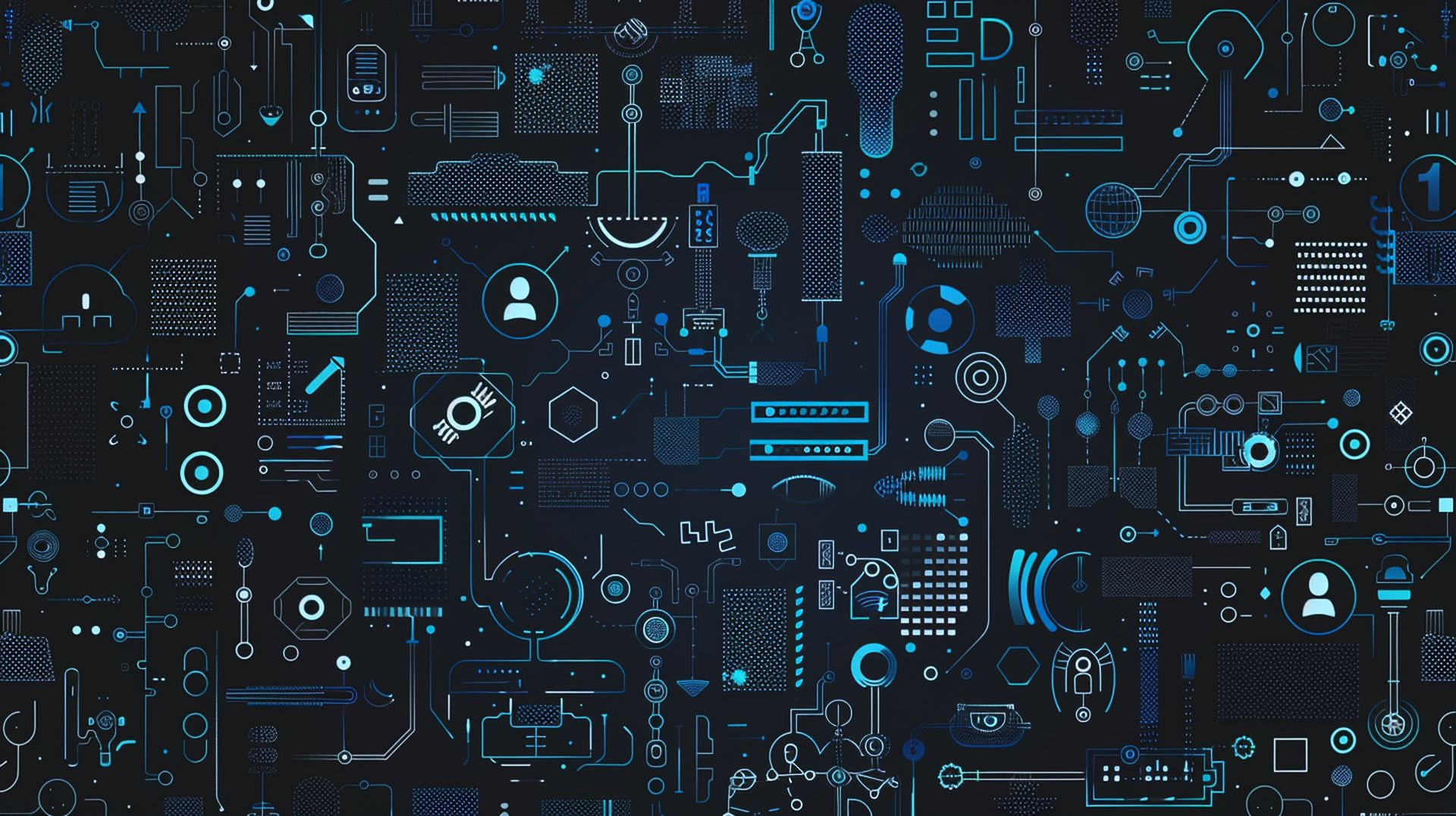
What are the risks of generative AI?
While generative AI offers many benefits, it also presents significant risks that must be carefully managed. Understanding these risks is crucial for developing and implementing AI technologies responsibly.
Overview of potential risks
Generative AI poses several potential risks, including the creation of harmful or misleading content, perpetuation of biases, and threats to privacy and security. For instance, AI-generated deepfakes can create realistic but false images or videos, leading to misinformation and potential harm. The Gartner report predicts that by 2022, most people in mature economies will consume more false information than true information, highlighting the urgent need to address these risks.
Examples of unintended consequences
Ethical dilemmas and unintended outcomes are common with generative AI. For example, AI algorithms can inadvertently create biased or discriminatory content if trained on unrepresentative data. Additionally, the misuse of AI-generated content can lead to reputational damage, financial loss, or even legal issues. A notable case involved an AI model that generated discriminatory hiring recommendations, sparking widespread concerns about bias in AI decision-making processes.
Preventative measures
To minimize these risks, several preventative measures can be implemented. First, developing and adhering to robust ethical guidelines is essential. This includes conducting thorough bias audits, ensuring transparency in AI processes, and implementing strict data privacy measures. Additionally, ongoing monitoring and evaluation of AI systems can help identify and address issues promptly. Collaboration between AI developers, ethicists, and regulatory bodies is also crucial for creating comprehensive frameworks that promote the responsible use of AI.
What is the most ethical way to use AI?
Using AI ethically involves following guiding principles and best practices that prioritize fairness, accountability, and transparency.
Guiding principles
Principles for ethical AI use include fairness, accountability, transparency, and respect for privacy. Ensuring fairness means actively working to eliminate biases in AI systems and making decisions that do not disproportionately impact marginalized groups. Accountability involves clearly defining who is responsible for AI-generated outcomes and maintaining human oversight to correct any unintended consequences. Transparency requires making AI processes understandable and open to scrutiny, allowing stakeholders to see how decisions are made.
Best practices
Best practices for ethical AI use include regular bias audits, involving diverse teams in AI development, and adhering to regulatory guidelines such as the GDPR. Developers should prioritize creating explainable AI models that provide clear insights into how they arrive at specific decisions. Additionally, fostering a culture of ethical awareness within organizations can help ensure that AI technologies are developed and used responsibly. For policymakers, it is important to establish and enforce regulations that promote ethical AI practices.
Promoting ethical AI
Promoting ethical AI involves educating developers, users, and the broader community about the potential risks and ethical considerations associated with AI. Initiatives such as workshops, seminars, and public discussions can help raise awareness and encourage responsible AI use. Community involvement is also key, as diverse perspectives can provide valuable insights into the ethical implications of AI technologies. Organizations like AI for Good are actively working to align AI development with ethical standards, ensuring that AI serves as a positive force in society.
Conclusion
In conclusion, addressing the ethical considerations of generative AI is essential for harnessing its potential responsibly. By focusing on privacy concerns, intellectual property, bias and fairness, accountability and transparency, environmental impact, and the risks of misinformation, we can create a framework that promotes the ethical use of AI. A call to action for responsible AI development and use involves continuous dialogue, collaboration, and vigilance within the AI community. Together, we can ensure that generative AI serves as a force for good, advancing society while upholding the highest ethical standards.
All images in this post, including the featured image, is generated by Kerem Gülen using Midjourney



